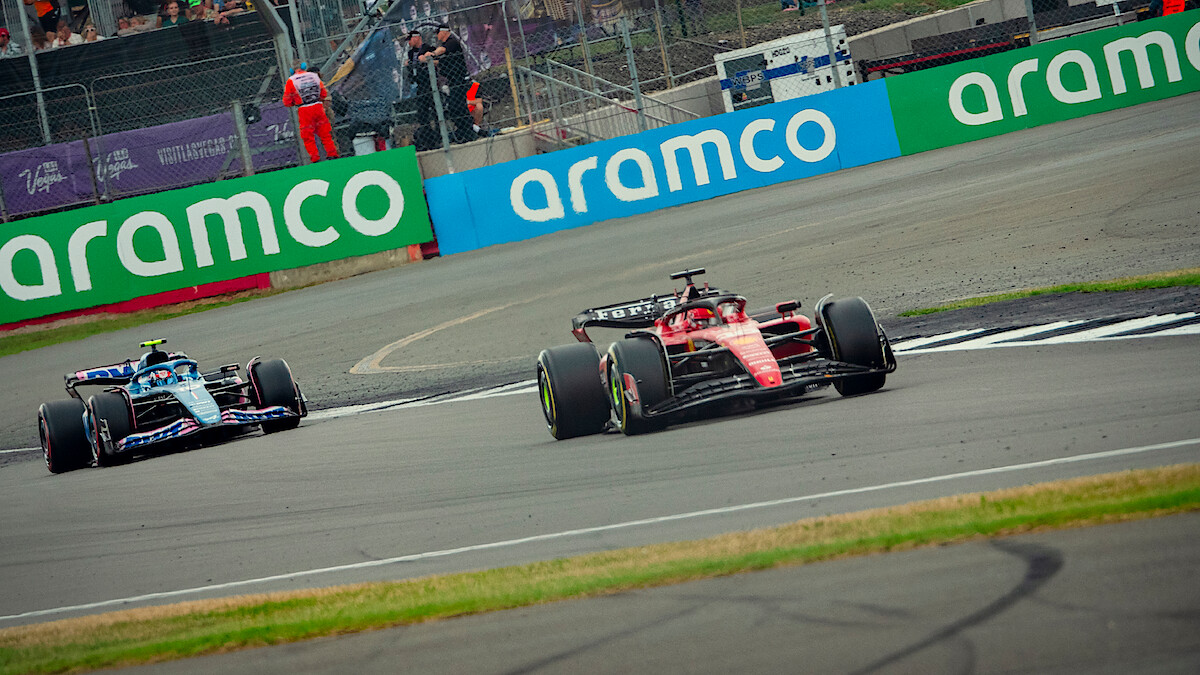Streaming rights: live sports unite audiences in cultural moments worth fighting for
In a media landscape of rapid change, live sports offer a measure of relative certainty. Consumer appetite is arguably at an all-time high with almost half of us spending more time watching live sports content last year than we did the year before, according to Accenture. Advertising-led streaming services lead the march to profitability and sports offer the most predictable audience. It’s why rights remain in high demand as streamers and broadcasters compete for the most valuable content on the planet.
Netflix’s global deal to air live NFL matches for the next three Christmases should be seen in this light. Sports remain light among the platform’s library but it has made repeat recent moves to test the appetite for live events. This includes November’s inaugural Netflix Cup - which pitted leading golfers against F1 drivers, and the clash between boxer Mike Tyson and social media star Jake Paul coming in July. Earlier this year the company paid more than $5bn to be the home of WWE which it is billing as “sports entertainment.”...
You are not signed in.
Only registered users can view this article.
NAB show review: Tariffs, technology and legacy business in the spotlight
Artist led, AI driven, fan-first media show the way forward at a NAB show dominated by tariff-suffering hardware vendors and advertiser weakened broadcast.

Virtual Production: Practical advice for lighting the volume
Adrian Pennington explores the many and varied lighting considerations for shoots within an LED volume where the ambition is to seamlessly marry virtual and real world environments.
Bright future: How CoSTAR will ideate the next wave in UK creative IP
If the UK’s creative industries are to continue to add hundreds of billions of pounds in value to the country’s economy then much will rely on the success of a new network of tech labs exploring the future of media.
 10 (1).jpg)
OTT evolution: Shifting business models, monetisation and personalisation
Over the past two decades, the over‐the‐top (OTT) industry has undergone a remarkable transformation from a niche experiment to a multi‐billion‐dollar ecosystem, writes John Maxwell-Hobbs.
.jpg)
AI through the looking glass: Digital natives
When it comes to AI, the M&E industry should take a more active interest in the views of its young people if it wants them to remain part of it, writes James McKeown.





